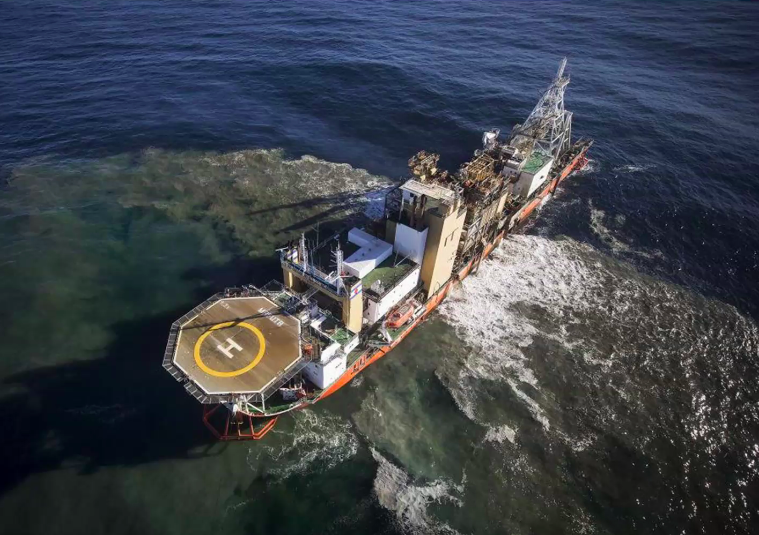
At the council’s March meeting, University of California at Santa Barbara professor Douglas McCauley briefed members on the potential threat deep sea mining poses to Hawai‘i’s pelagic fisheries.
McCauley, who runs a website called Deep Sea Mining Watch, said mining could start occurring in a year or two in areas that make up about ten percent of the fishing grounds under the jurisdiction of the Inter-American Tropical Tuna Commission (IATTC).
The Hawai‘i longline fleet fishies mainly in the Western and Central Pacific, but does catch a significant amount of tuna in the Eastern Pacific region governed by the IATTC.
Deep Sea Mining Watch maps all of the tracks made by vessels exploring mining grounds around the world. Many of those tracks have occurred across a region southeast of Hawai‘i, known as the Clarion-Clipperton zone. The area is known to be rich in polymetallic nodules that contain elements commonly used in electronics, among other things.
McCauley, a marine biologist and former fisherman, explained how large mining machines will excavate the sea floor, causing huge sediment plumes. The dredged material will then be sucked up to the surface through a tube, the valuable minerals will be extracted on a ship, which will then send effluent back down another tube that empties somewhere between the surface and the bottom.
These plumes have the potential to change the acidity and toxicity of the surrounding water and affect the chemistry of food webs, he said. Noise from the operation could also disrupt fish behavior, he added.
The waste plumes, which will create underwater dust storms, will likely include copper, cadmium, cobalt, chromium, nickel, iron, and/or zinc, he said.
“Researchers are looking at how they could come back into food webs and fish,” he said, adding that there is a potential for biomagnification of the toxins in species of interest to the council.
In addition, he said the plumes may smother the bottom-dwelling flora and fauna, and the mining vessels operating in the fishing area could pose a safety risk.
The council directed its staff to ask the U.S. State Department for formal, annual updates on international mining activity in the Clarion-Clipperton Zone or near the U.S. Pacific Island territories.
Council executive director Kitty Simonds also expressed concern over the possibilities. “Do we want this to happen 500 miles from us? Maybe not,” she said.
Attorney Jim Lynch, who chairs the council’s Scientific and Statistical Committee added, “These mining issues are at a juncture where they could benefit from input from the council and NOAA.” He suggested that the council should not get bogged down in trying to understand the risks, which, he added, were in his opinion either unknowable or would take too much time and money to determine. Instead, he said the council should focus on quickly recommending measures to minimize impacts on fisheries.
Last summer, the Long Distance Fleet Advisory Council (LDAC) of the European Union called for a moratorium on deep-sea mining in international waters.
According to the website of the Deep Sea Conservation Coalition (DSCC), which supported the order, “the LDAC highlighted concerns by scientists, the fishing industry and environmental organizations over the potentially severe impacts on fisheries, fish and other species in the oceans and inevitable loss of marine biodiversity from deep-sea mining.”
The United Nations-established International Seabed Authority is currently developing permit regulations to allow deep-sea mining. The LDAC, however, recommended that none be approved until risks to the environment are fully assessed, a clear case of necessity — not just profitability — is made, and “international commitments to conserve and sustainably use the oceans, strengthen the resilience of marine ecosystems, and initiatives to transition to circular economies, sustainable methods of consumption and production and related efforts as called for in the UN’s Sustainable Development Goals 2030 Agenda are recognized,” the DSCC states.
(For more background, see, “Treasures of Pristine Ocean Ecosystems Could Be Lost to Mining for Metal Nodules,” from our January 2019 issue.) — Teresa Dawson

Leave a Reply